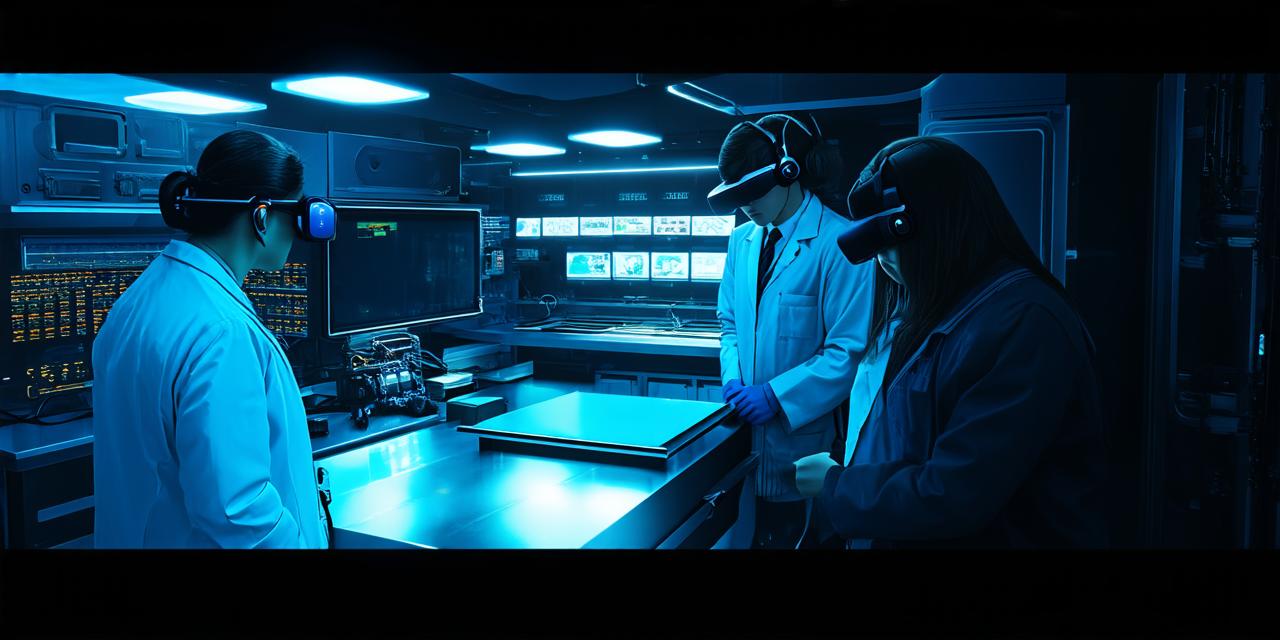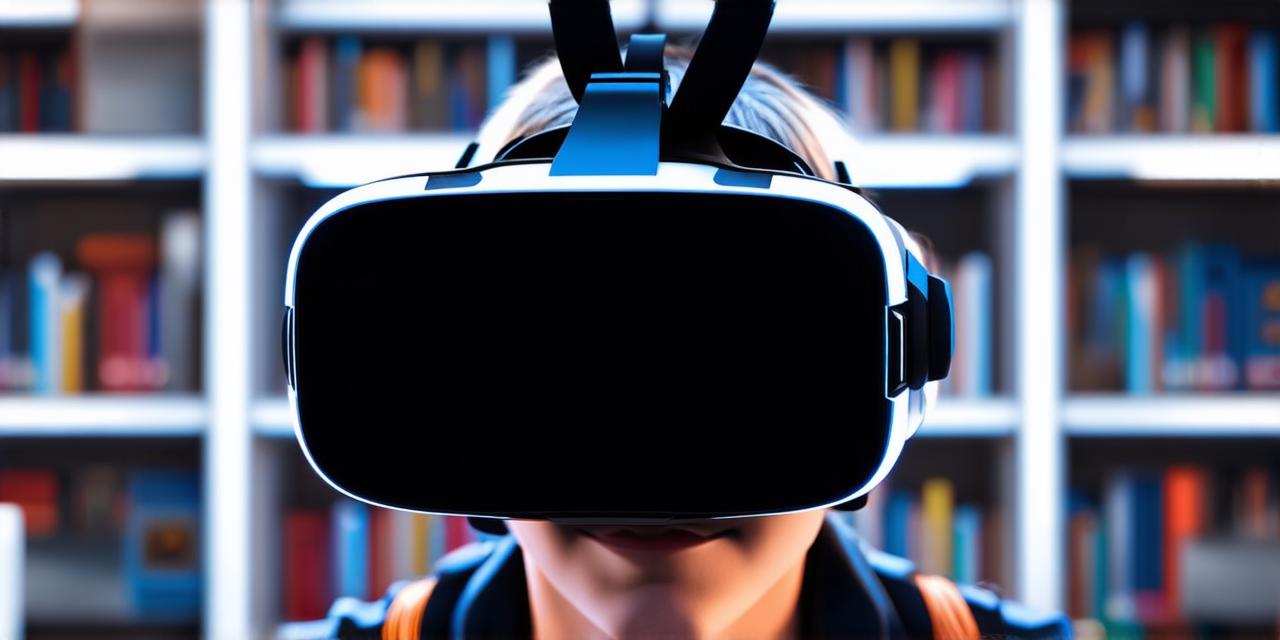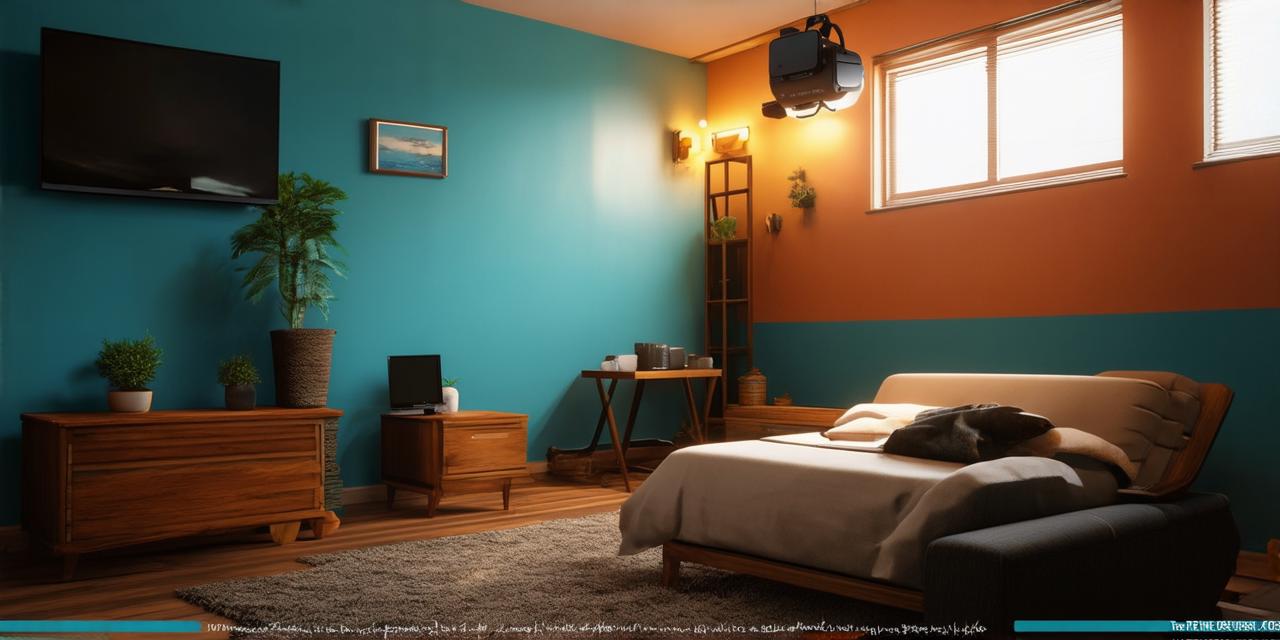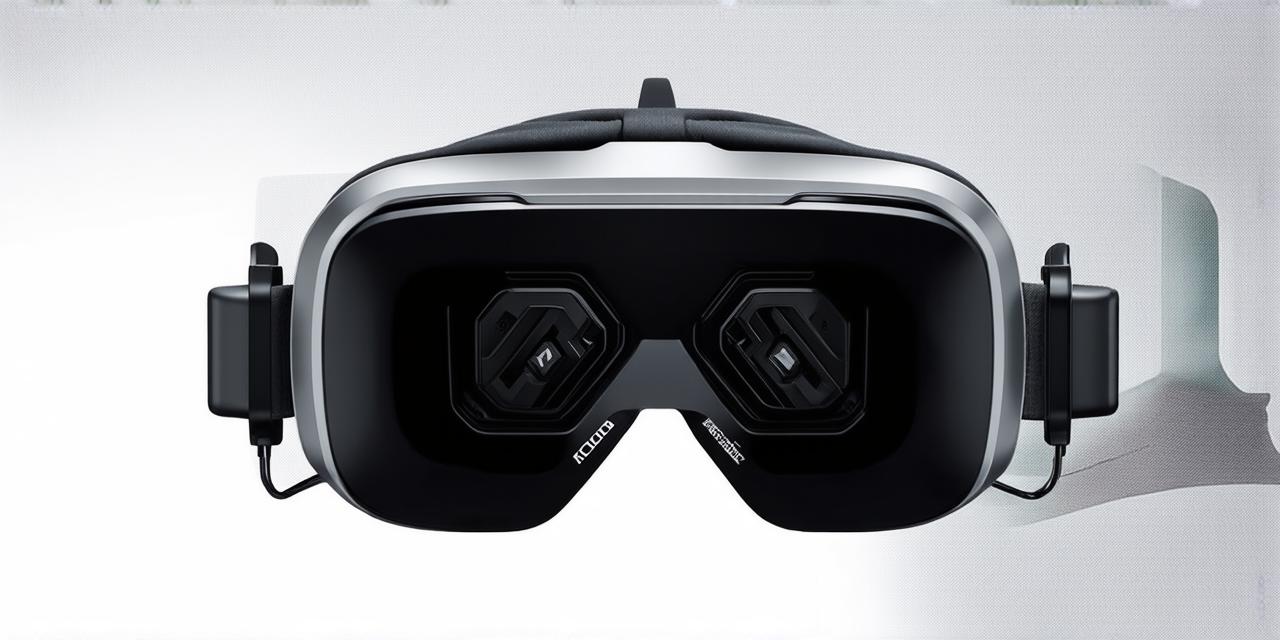Virtual reality (VR) technology is changing the way we interact with and experience the world.
With its immersive and interactive capabilities, VR has the potential to revolutionize industries such as gaming, healthcare, education, and more. In this article, we will explore three different kinds of virtual reality: room-scale, mobile, and enterprise.
Room-Scale Virtual Reality (RSVR)
Advantages of RSVR
RSVR is the most common form of VR available to consumers. It typically requires a dedicated VR headset or head-mounted display, motion controllers, and a room with enough space to move around freely.
- One of the main advantages of RSVR is its ability to provide an immersive experience that feels like being in another world. Users can walk around and interact with virtual objects, providing a sense of presence and realism that can be difficult to achieve with other forms of VR.
- RSVR also allows for a wide range of motion, giving users the freedom to move their hands and bodies in a natural way.
Disadvantages of RSVR
One of the main drawbacks of RSVR is its high cost. A dedicated VR headset can cost anywhere from $300 to $1,000 or more, making it a less accessible technology for some users.
- Additionally, RSVR requires a relatively large amount of space, which can be a problem for those living in small apartments or houses.
- Another disadvantage of RSVR is that it can be isolating. While RSVR provides an immersive experience, it can also lead to social isolation as users may spend hours in their virtual world without interacting with others in the real world.
Use cases for RSVR
RSVR is commonly used for gaming and entertainment purposes. Games designed specifically for VR provide a unique and immersive experience that traditional games cannot offer. However, RSVR can also be used for training and simulation applications, such as flight simulations or emergency medical services training.
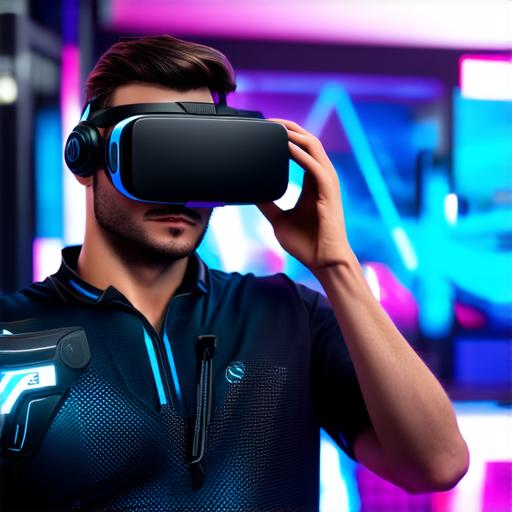
Mobile Virtual Reality (MVR)
Advantages of MVR
MVR is a form of VR that uses a smartphone or tablet as the primary interface. It typically requires a VR headset or head-mounted display, motion controllers, and a mobile device.
- One of the main advantages of MVR is its portability. Users can take their virtual world with them wherever they go, making it ideal for those who don’t have access to dedicated VR equipment or a large amount of space.
- Additionally, MVR is generally more affordable than RSVR, making it accessible to a wider range of users.
Disadvantages of MVR
One of the main drawbacks of MVR is its limited motion range. Users are typically restricted to head movement and may have limited hand movement as well. This can lead to a less immersive experience compared to RSVR.
- Additionally, MVR can be less realistic due to the limitations of mobile devices in terms of processing power and graphics capabilities.
Use cases for MVR
MVR is commonly used for gaming and entertainment purposes, such as playing virtual reality games on smartphones or tablets. It can also be used for educational purposes, such as providing students with a virtual field trip experience. Additionally, MVR can be used in healthcare settings, such as for pain management or physical therapy applications.
Enterprise Virtual Reality (EVR)
Advantages of EVR
EVR is designed specifically for business and enterprise use cases. It typically requires a dedicated VR headset or head-mounted display, motion controllers, and a computer with powerful graphics capabilities.

